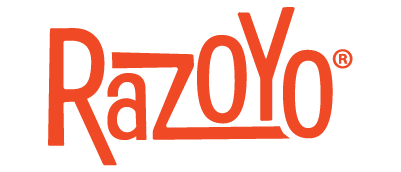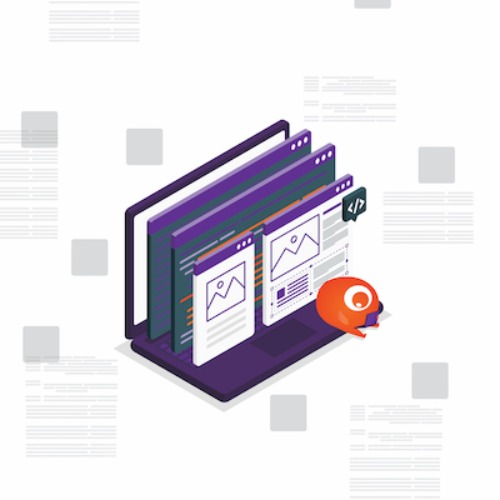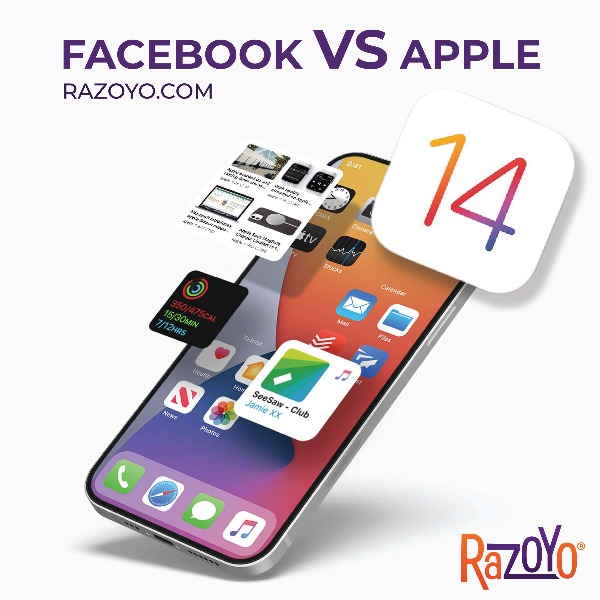
5 CASE STUDIES TO MAKE YOU RETHINK YOUR PSYCHOLOGICAL PRICING STRATEGY
February 6, 2017 by Carly Seitz

When it comes to pricing, a variety of factors affect what will work best. What you’re selling, how you want consumers to perceive your products, etc. all play a part. With that in mind, it is important to test on your own website to see what’s best for you. In other words, don’t rely solely on these cases to decide on your psychological pricing strategy. Still, these studies can serve as a good starting point for you when deciding how to test your prices.
1) Shortened prices perform better than those with zeroes at the end
Blue Acorn found that customers are more likely to purchase items without zeroes at the end. They performed an A/B test with prices with and without the zeros. For example, they tested $19 against $19.00. And across all prices for the jewelry brand they tested for, the products without the zeroes garnered more attention and profit. The agency theorized that customers’ preference for the truncated prices resulted from customers perceiving the shorter prices as costing less due to their length.

Although the results are significant, it is important to note some of the flaws of this psychological pricing test. For one, it dealt with a lower-priced brand that customers could be attracted to in part because of good deals. Research like that conducted by Rutgers-Camden professor Robert Schindler has shown that for luxury products, for example, it might be best to use prices that consumers perceive as more expensive. According to Schindler, it adds an element of prestige and makes the product seem higher-quality. With that in mind, for luxury items, it may be better to keep zeroes appended to prices.
In addition, the study only tested the shortened prices against those with zeroes. Blue Acorn did not test to see if when using .99 at the end of prices, longer prices are better.
2) Consumers are more likely to make a purchase when prices differ slightly
Let’s say the cost to make two shirts – a V-neck and a crew-neck – are the same, so a retailer decides to price them the same. Well, this may not be the best approach. According to a study from Yale, adjusting the prices of similar items just slightly increases the likelihood that a consumer will purchase one. In the study, participants received $1 and the option to purchase one of two packs of gum or make no purchase. When the packs had the same price of 63 cents, only 46% of participants chose to make a purchase. However, when the packs cost 62 cents and 64 cents, 77% of participants chose to make a purchase.
3) Sale items sell better when the sale price has a smaller font
You might think that to highlight a sale for an item, you would benefit from making the font size of the sale price big and bold. However, a study from marketing professors Clark University and The University of Connecticut found that sale items sell more when the sale price shows in a smaller font. The idea behind this deals with the notion that physical magnitude relates numerical magnitude.
4) The number 9 performs better than other numbers, even when it makes the price of an item higher
In an experiment done by University of Chicago and MIT, a company printed a catalog in three different versions. In them, an item was offered at three different price points: $34, $39, and $44. Surprisingly, the item sold more at $39 than both its counterparts, even though the price of $34 was a better deal.
When stacked up against a more expensive sale item, however, the item sold less at the $39 price point. Still, when the company tested a sale price of $39, it outperformed all other price options.
5) Explicitly asking a consumer to make a comparison can have negative effects
Stanford conducted a study to determine how consumers react to comparative pricing. Specifically, researchers sought out to determine the effectiveness of implicit (when a consumer makes a comparison on their own without suggestion) vs. explicit comparisons (when a marketer suggests the comparison).
The study involved testing CD auctions on eBay. Researchers set up auctions starting at $1.99 for CDs. Next, they placed them adjacently to the same CDs with starting prices of $0.99. Then, they set up other auctions that were the same except for the $0.99 cent price for the adjacent listings was changed to $6.99.
Participants placed higher bids for the auctions starting at $1.99 that were adjacent to the $6.99 auctions. This makes since, because consumers save money when purchasing the $1.99 CD over a $6.99 one. On the other hand, they’d spend more when if they bought the $1.99 CD over the $0.99 one.
The difference in how much people bid on the CDs depending on what they’re placed next to only occurs when consumers make comparisons on their own though. When explicitly asked to compare the prices, bidding behavior indicated that consumers felt the need to act more cautiously. They waited until the last minute to place a bid, they placed less bids, and they weren’t as likely to bid on several auctions at once. Stanford marketing professor Itamar Simonson believes this happened because asking people to make a comparison makes them worry they’re being deceived in some way.
Note that this study did not test how consumers react to explicit comparisons when context exists. If the researchers had explained the reason for the higher or lower price, perhaps consumers would have trusted them more. Then, they may have showed more willingness to bid.
If you want help with your price strategy and testing, we’d be happy to assist you. Please contact us to learn more.





